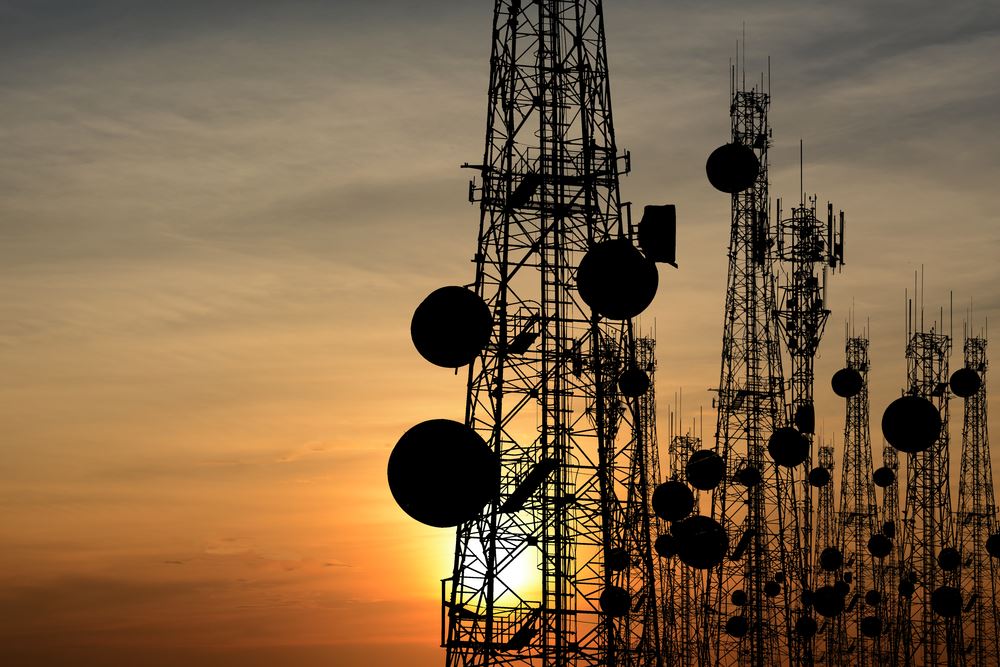
- blog
Which factors will make 5G a success from the telecom experts’ perspective?
Key Takeaways
- Performance and Business will be the most important factors to make 5G a success
- Low latency, Cost reduction, High reliability, New market opportunities, High data rate and Optimized and more dynamic usage of all distributed resources were the most significant sub-criteria for our expert respondents
- Experts believe that to make a 5G network deployment successful we will need a cheap and innovative solution with impeccable performance that uses existing and new resources in an optimal way
Introduction of Fuzzy AHP Methodology
In order to identify which factors are expected to be important to make 5G a success we put together a questionnaire and shared it with various telecoms experts. We then used the Fuzzy analytic hierarchy process (AHP) methodology to analyse the results. The Fuzzy AHP has been used in many different fields as a multi-attribute decision analysis tool. AHP uses “pair-wise comparisons” and matrix algebra to weight different criteria. The importance of the criteria is estimated by using the derived weights of the evaluated criteria and sub-criteria.
As shown in Figure 1, the questionnaire respondent is asked to compare two criteria and to indicate a range of how many times more important is one over the other. We have then repeated the same logic and created pair-wise comparisons for all main criteria and sub-criteria, which gave us an upper and lower limit of importance as well as the most promising value, which we used to create triangles like the one seen in Figure 1. Two important properties of these triangles are that firstly, the wider the base or variance of the triangle, the weaker the consensus among the respondents and secondly, when two individual triangles overlap greatly, the ranking between them may possibly change (a situation referred to as rank reversal).
Figure 1: Fuzzy AHP Basics
We conducted this questionnaire between March/April 2016 which included 58 questions with pair-wise comparisons between the main criteria and sub-criteria (Figure 2). We received 31 responses from telecom experts in 11 European countries. Our respondents pool included a fine balance between operators, vendors, manufacturers, SMEs, research institutions and academia. Despite the low number of respondents, Fuzzy AHP methodology produces statistically significant results when the number of respondents is equal to or higher than 15 according to the literature. Hence, we can confidently say that our results were statistically robust.
Figure 2: Fuzzy AHP Hierarchy
Figure 2 shows the extensive list of criteria and sub-criteria that we examined through the questionnaire. This list of criteria and sub-criteria were selected from an exhaustive list of factors related to 5G technology found in literature as well as based on our experience. The selection procedure was based on group discussions among 5GPPP CHARISMA and SESAME projects experts.
Questionnaire Results
Experts seem more concerned about two criteria: Performance and Business as Figure 3 suggests. This is somehow expected since the whole telecoms market along with some vertical industries are waiting for the improved performance that 5G will offer in order to support new advanced services and applications with demanding requirements. On the other hand, business related issues are always important for the success of innovations that can lead to revenue growth by reducing costs. Another interesting point to highlight here, is that Technology appears to be the least important criterion for the experts as 5G is essentially an orchestration of existing technologies for the most part.
Figure 3: Criteria prioritisation
We will now try to identify which are the most important sub-criteria within each of the main criteria. Starting with the first criterion, Performance, Figure 4 shows that the most important sub-criteria are Low latency, High Reliability and High data rate. The importance of these factors can be attributed to the nature and requirements of future 5G applications. Among them, one can highlight remote surgery and autonomous driving where latency, reliability and high data rates are of utmost importance. One important point to highlight is that increased coverage scored quite low on the list but this was to be expected as 5G is not economically viable to exist nationwide due to the tradeoff between coverage and bandwidth that it offers.
Figure 4: Sub-criteria of Performance
Regarding the Business criterion, all sub-criteria seem to be important which can be derived by the triangles overlap (Figure 5). However, cost reduction seems to take precedence over other issues closely followed by New market opportunities. This is very easy to explain: Softwarisation and virtualization will enable a CAPEX reduction in the 5G era as they will enable the use of general purpose computers instead of specialized devices and also the cost to introduce a new service to a 5G network will be minimal as compared to a non-virtualised network. New market opportunities for the 5G ecosystem players appears to be the second most important criterion and its significance for any new investment needs no further explanation.
Figure 5: Sub-criteria of Business
Regarding the Acceptance criterion, Security and privacy and Ease of deployment seem to be of utmost importance for our experts. Security and privacy are factors that influence the evolution of all technologies considering the current surge in cybercrime. Ease of deployment is a factor that will impact the adoption of 5G and speed up its evolution. Ease of deployment heavily depends on the ability of 5G systems to allow reusing or upgrading existing network infrastructures. Experts seem to also highly prioritize Advanced Applications. Experts expect from 5G systems something more than an extension of old systems. They expect the ability to deploy new advanced applications that cannot be offered with the existing networks, such as e-surgery, immersive video services and e-manufacturing. Regulatory issues seem to be of lower importance. Several changes related to resource and spectrum sharing as well as to net neutrality will be implemented in the next couple of years, with GDPR and the finalization of release 15 being at the top of the agenda. Past that period, regulatory concerns will likely cool off according to our respondents.
Figure 6: Sub-criteria of Acceptance
When it comes to the flexibility criterion, we can see that Optimized and more dynamic usage of all distributed resources was by far the most important sub-criterion for our respondents. This optimization can be enabled by integrating networking, computing and storage resources into “one programmable and unified infrastructure” and is mandatory in order to address the expected high traffic volume that will run on 5G networks. All other sub-criteria are of almost equal importance.
Figure 7: Sub-criteria of Flexibility
Regarding the importance of Technology sub-criteria, the SDN and NFV criterion was by far the most important which is in-line with the consensus that SDN and NFV are the main building blocks of 5G. SDN and NFV will enable a host of new capabilities for 5G networks such as network slicing and efficient resource allocation. All other sub-criteria have comparable weights.
Figure 8: Sub-criteria of Technology
It is also interesting to investigate the ranking of sub-criteria across all criteria using the fuzzy weights. By calculating global priorities, it can be see that the most important factors that will affect 5G deployment and market adoption are in descending order of importance: Low latency, Cost reduction, High reliability, New market opportunities, High data rate and Optimized and more dynamic usage of all distributed resources (Figure 9).
Figure 9: Ranking of sub-criteria across all criteria
Hence if we were to summarize the questionnaire results in one sentence we would say that experts believe that to make 5G a commercial success, we will need a
- cheap and innovative solution (think cost reduction and creation of new opportunities)
- with impeccable performance (see low latency, high reliability and high speed)
- that uses existing and new resources in an optimal way.
inCITES Consulting is an innovative research and advisory firm specialising in the ICT market. Our mission is to support business and technology leaders make informed decisions on technology purchases and business strategy. Our executives have extensive experience in network engineering and the economics of the ICT sector with more than 100 scientific publications and over 300 citations in the past 20 years.
The list of our satisfied customers includes some of the largest telecoms operators, vendors, integrators, universities and telecom regulators globally. We also act as a trusted research and innovation partner for the European Commission on cutting edge research projects mainly in the areas of 5G, Cyber Security and Data Centres.
For more info on inCITES Consulting’s research, data and consulting services visit www.incites.eu or email us at info@incites.eu.
Acknowledgment
The current post contains information as per the “Roadmap to 5G success: Influencing Factors and an Innovative Business Model” paper, prepared by Theodoros Rokkas, Ioannis Neokosmidis and Dimitris Xydias from inCITES Consulting. This work has received funding from the European Union's Horizon 2020 research and innovation programme for CHARISMA and SESAME projects.










